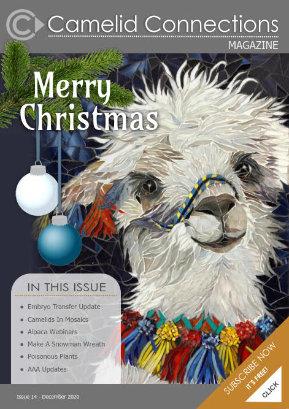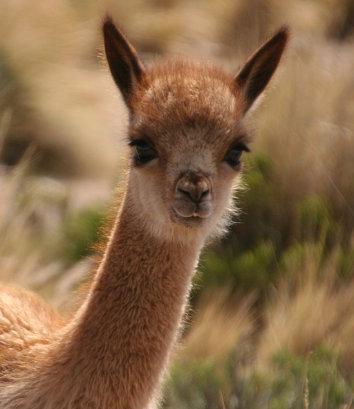
5 minute read
Handspun Art Yarn
By Kirsty Inglis
Spinning is just adding twist to fibre. The magic of spinning happens long before those (mostly) aligned fibres go near a spinning wheel.
Advertisement
I aim to produce yarn that is true to the fibre used, versa�le and individual so my skeins stand out from the crowd and from the workhorse yarns. The journey of choosing fleece is o�en as enjoyable as seeing the finished yarn hanging up to dry.
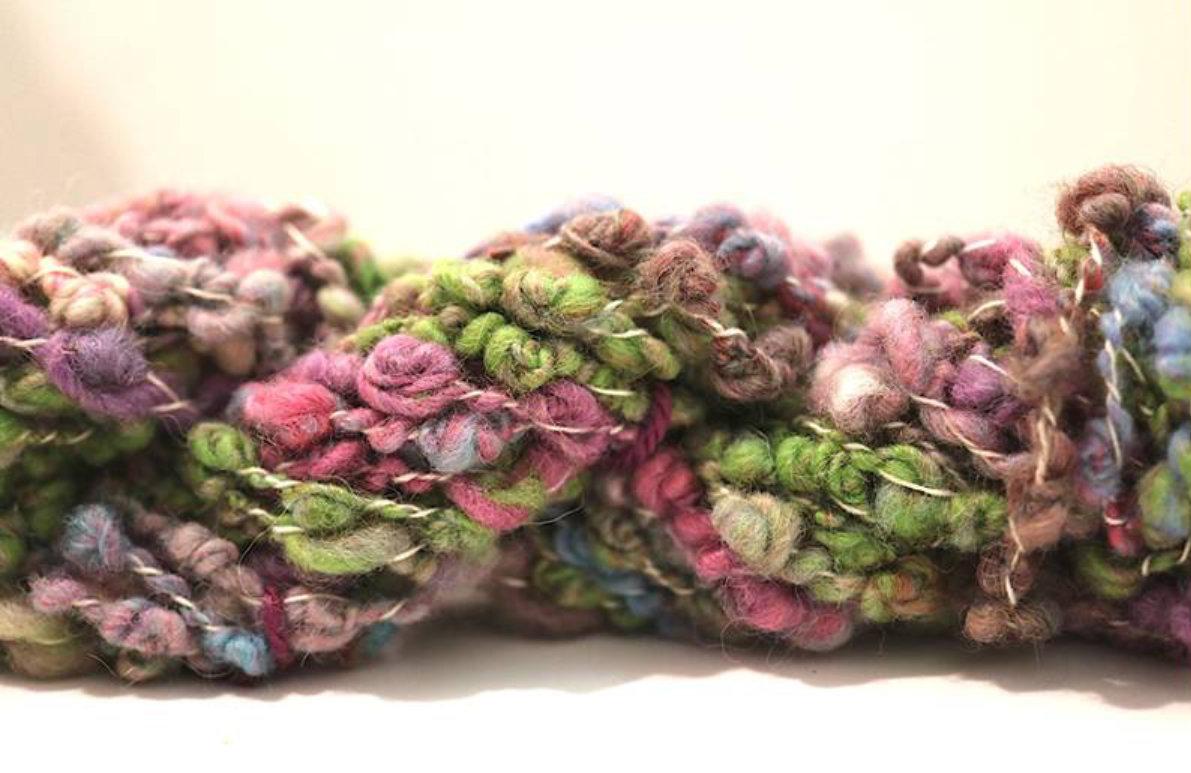
I o�en find alpaca fibre is one of a few luxury fibres that I can source locally and direct from the farmer. Fibre that cannot be found at markets or through word of mouth can always be found on the internet. Good websites are invaluable in finding that special fibre.
As alpaca comes in over 20 colours, varying fibre lengths and the choice of suri or huacaya, I have to compile a store of what I term my standard fibre. Mostly the yarn I spin has an end purpose of being worn beside the skin. The fibre choice is a significant factor in determining the success of the finished yarn or handcra�ed items. I therefore generally start with super fine grade huacaya fibre that has a low itch factor. Coarser fleece from older animals is good for felted yarn. Cria fibre is nice and fluffy so when wrapped creates a showy halo. The fibre I use needs to be well skirted and contain very low amounts of vegetable ma�er. Even though I hand spin my yarn, the basic alpaca fibre I choose is in the length range of 8 to 12mm. This length is good for producing either tradi�onal yarns or art yarns. Shorter neck fibre can be used as tuffs in art yarn or flecks in heather yarn. Suri, being shiny and with a longer straighter staple, adds a silky feel and appearance to yarn.


In terms of colour my major stock of fleece consists of white or light fawn huacaya as alpaca fleece readily takes dye. I am also par�al to the darkest black and chestnut brown. Apricot fawn also slips in there. We are spoilt for choice with the natural alpaca colours.
I am very specific with my fibre orders that I place with alpaca farmers. My orders are precise as all alpaca fibre is different. Consistent fibre allows me to plan my yarn by reviewing previous samples and thus save valuable �me and resources.
If fleece arrives that contains varying fibre lengths or micron range then the carder will reject a large amount of the fibre or worse it will clog the equipment. This principle also applies when fibre is sent to be processed or spun in a mini mill.
I would not be able to request such specific fibre without the help and trust of my dedicated alpaca suppliers. Each year a�er shearing they skirt, remove vegetable ma�er, class and have each fleece sta�s�cally tested so they can quickly iden�fy fibre that would suit my order.
Alpaca is regarded as a fibre that generally feels so�er than wool. Consequently, quite a fine micron combined with a low itch factor has to be used so the alpaca yarn conforms to the buyer’s expecta�ons of being able to be worn beside the skin.
I generally find that alpaca fibre in the range of 18 to 20 micron is strong enough to be picked and carded on small commercial machinery. The yarn produced from this fibre retains a so� slightly fuzzy appearance. Fibre that has low quan��es of guard hairs and vegetable ma�er can be

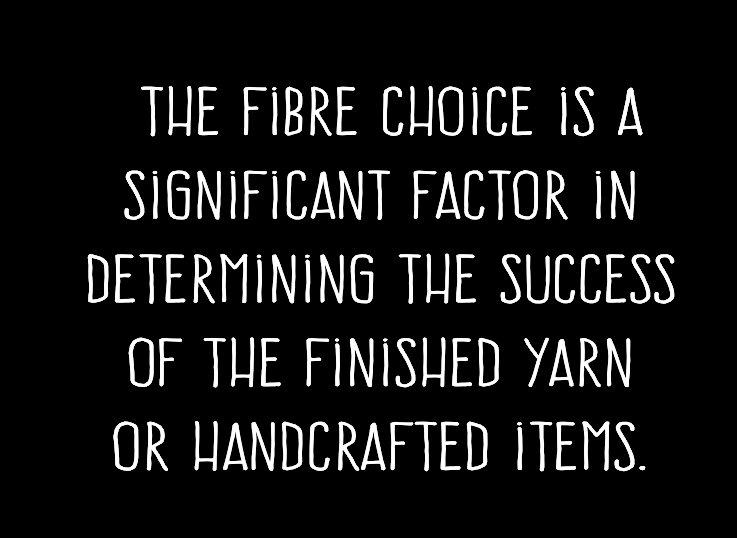

processed faster and cheaper so animal gene�cs and farm husbandry have an important role in producing the final yarn. This is again the same regardless if the yarn is hand or mill spun.
Alpaca is a very special fibre produced by animals with quirky personali�es. Hand spinning alpaca fleece is not just a process of washing, dyeing, carding and twis�ng the fibre.
It is an adventure, one that is o�en frustra�ng however it can be immensely rewarding.
Alpaca fibre deserves the recogni�on it is obtaining as being one of the finest hand spinning fibres available.
A variety of my hand spun yarn is available for sale from:
www.kaalundyarns.com.au As a regular supplier of fleece to spinners like Kirsty I have found it of the utmost importance to ensure you provide a quality product if you want return sales for your fibre. Discerning buyers appreciate quality and will pay a fair price for it.
It is essen�al to make sure your fleeces meet the specifica�ons the buyer has requested. To do this you need to do the following:
1. Test your fibre! Micron range is o�en very specific so to fill an order that specifies a small micron range of 18-20 micron for example the stats are essen�al to select the correct fleeces.
2. Skirt your fleece well, remove all visible contamina�on from vegetable ma�er or course fibres from legs etc that may have accidentally landed in the fleece during shearing.
3. Check fleece length doesn’t vary too siginificantly across the fleece & remove shorter fibres if required.
4. Accurately weight the skirted fleece.
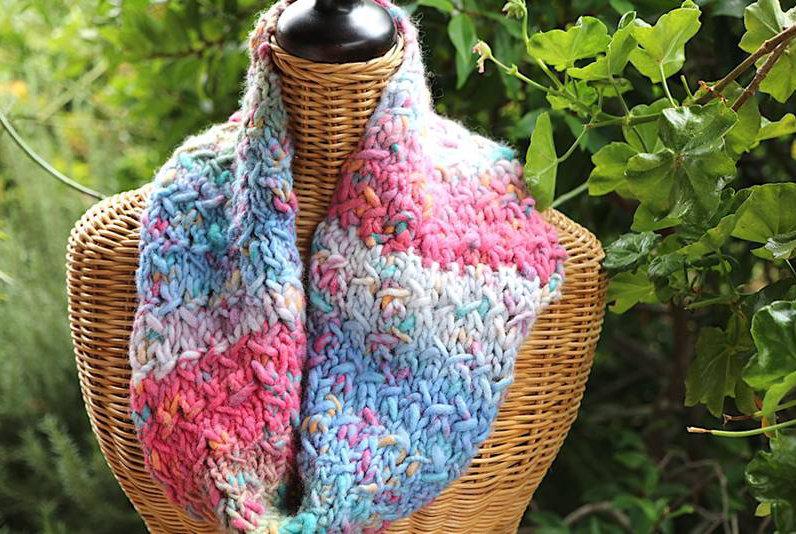

Handspun Alpaca Mul� Handspun Alpaca Wool Cowl

BREEDERS NOTE

DID YOU KNOW?


